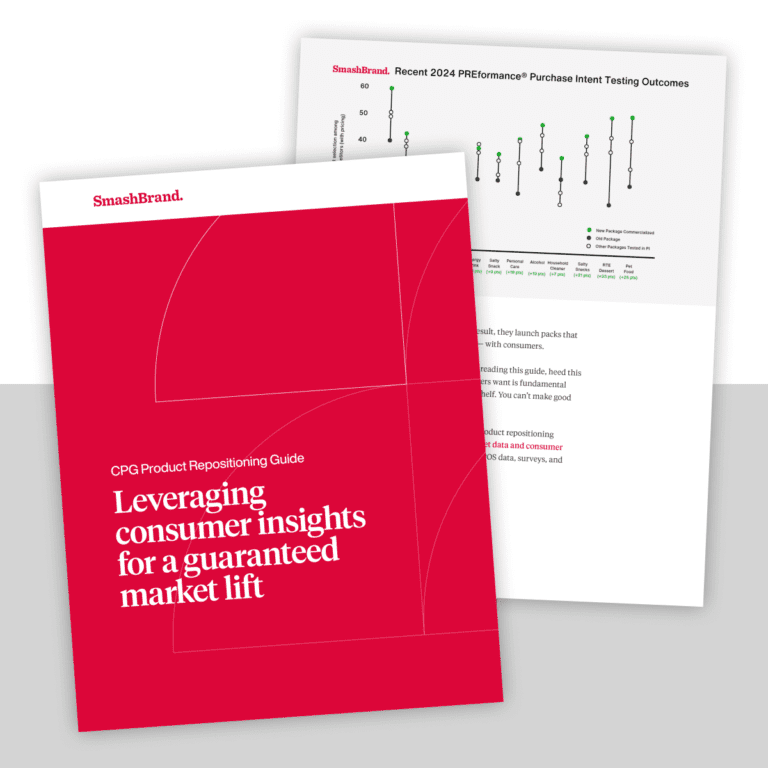While we don’t entirely trust food products that come with elaborate sets of instructions, certain guidelines do exist with regard to creating food product labels that can close a sale. For example: was the food product manufactured at or near a peanut, milk or shellfish processing plant? What are the nutritional components of this food product? Does the food product promise a “flavor burst?” If not, why?
There are many labeling options with regard to food products, as well. Suppose you happen to be manufacturing a food product that is not only a stand-alone item but can also be used as an ingredient for other applications. In that case, you might want to include a recipe or series of recipes. If your product uses primarily organic ingredients, you could choose to highlight that fact even if the non-organic components have enough petrochemicals to power a diesel engine (we leave it to you to wrestle with the moral and ethical ramifications of your labeling decisions).
With all of the decisions you’ll have to make regarding you food product and its packaging, it’s important to keep the labeling as simple and effective as possible. With decades of experience as a food packaging design company we’ve culled the herd of labeling decisions down to a precious three, which we firmly hope and believe will launch your tasty food item into the stratosphere of consumer affection. Are you ready to hear them? Of course you are.
Show the Item/Ingredients
It doesn’t pay to be cryptic with food labeling; people want to know what they eat. If your product is a snack food of some kind, perhaps you should consider using a clear wrapper so the consumer can see the product inside. Or, if you anticipate some breakage or minor irregularities in your product, have a photograph or an artist’s rendering of the ideal version of your food.
Some food items aren’t inherently visually appealing (tomato paste springs to mind). In such cases, many manufacturers choose to have ingredient representations on the label instead of the product itself. A juicy, vine-ripened tomato surrounded by basil sprigs instead of the concentrated pureed paste product is common.
Particular Consumer Appeal
Gogurt is, quite simply, a repulsive idea to anyone over the age of 8. This is why Gogurt labeling is designed exclusively for the purpose of appealing to children, with a smattering of nutritional benefits for the edification and encouragement of the parents.
It isn’t only important what the label says; it can also be the font. Although gender-based marketing is becoming repulsive to many consumers, (iPad “Femme,” anyone?) there are obviously some products that tend to skew towards specific genders. We don’t want to perpetuate stereotypes, but beef jerky and beer tend to be purchased in greater quantities by men, while frozen yogurt and fruit-flavored sparkling wines are bought largely by women. If you want to specify to whom your food product should speak, cursive fonts tend to appeal to women (well, there are women who don’t find them appealing, but it will be clear that the product is marketed towards women and not, say, longshoremen). Big, bold, block lettering appeals to men. Art Deco fonts appeal to hipsters. Braille appeals to the blind. The more specific you are with regard to whom your food label is meant to attract, the more likely it is that your product will become indispensable in certain communities.
Label Distinction
Know your competition. You don’t have to get all Cosa Nostra or anything, but you really should know the color schemes and design habits your competitors use in order to differentiate yourself better.
Do you how know when you walk down a snack foods aisle, after you take in white noise of all of the various products that seem to blend into one another and your eye is caught by that one item that is so utterly and completely different? Most of the time, that’s what you want as a food product manufacturer. Unless of course, the packaging is so utterly offensive that it causes you to rip the product off the shelves and immediately complain to the store management. But we’re talking about cute things, like packages of chips in containers shaped like Chinese take-out boxes; not abominations like the “Frito Bandito.”
So what’s the big takeaway? We learned that full disclosure and simplicity are the keys to good food package labeling. We learned that women mainly buy fruit-flavored sparkling wines, but men will drink them if they think no one’s looking. Most importantly, we learned that there is a great deal of flexibility with regard to making “organic” claims on food labels. Shhh … you didn’t hear that from us.
Data-Driven Brand Development
Want a best-selling brand? SmashBrand is a brand development agency for FMCG and CPG companies. From brand strategy to packaging design testing, our Path To Performance™ process guarantees a retail performance lift. Book a time to discuss your project with our team.
Subscribe to
Nice Package.
SmashBrand’s Nice Package: Stay current with our latest insights
Free Resource.

CPG product repositioning guide.
Explore the five undeniable signs your CPG product needs repositioning along with strategies for leveraging consumer insights for a guaranteed market lift.
Download Whitepaper About CPG product repositioning guide.